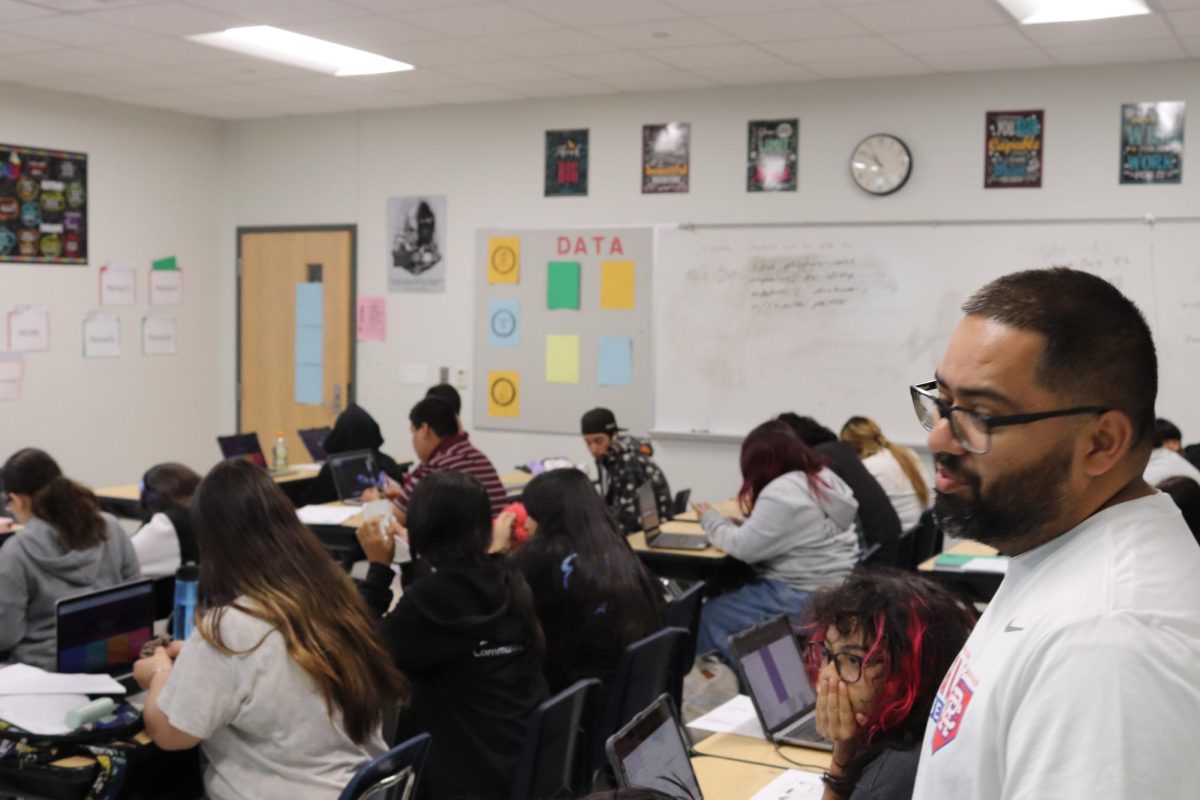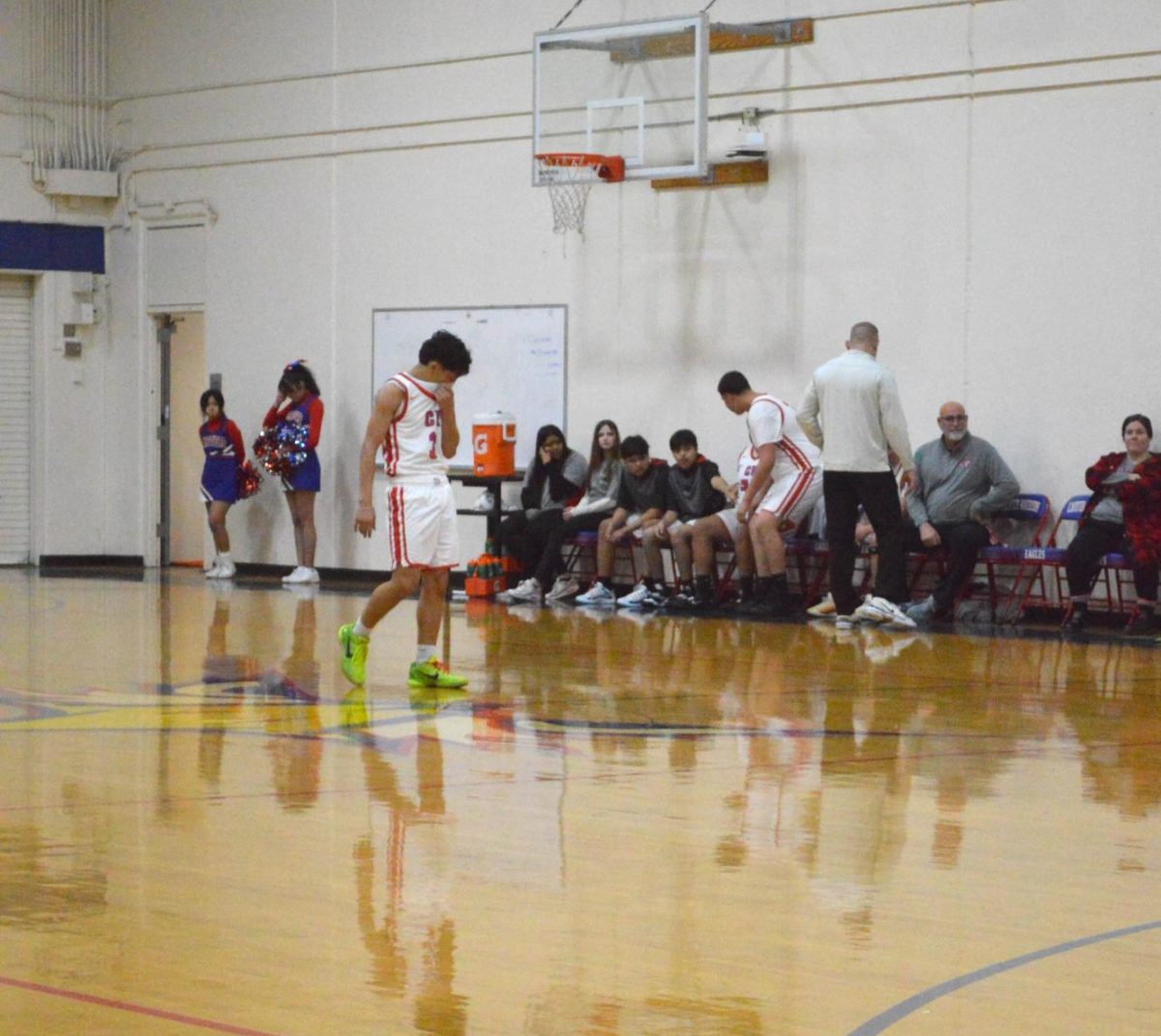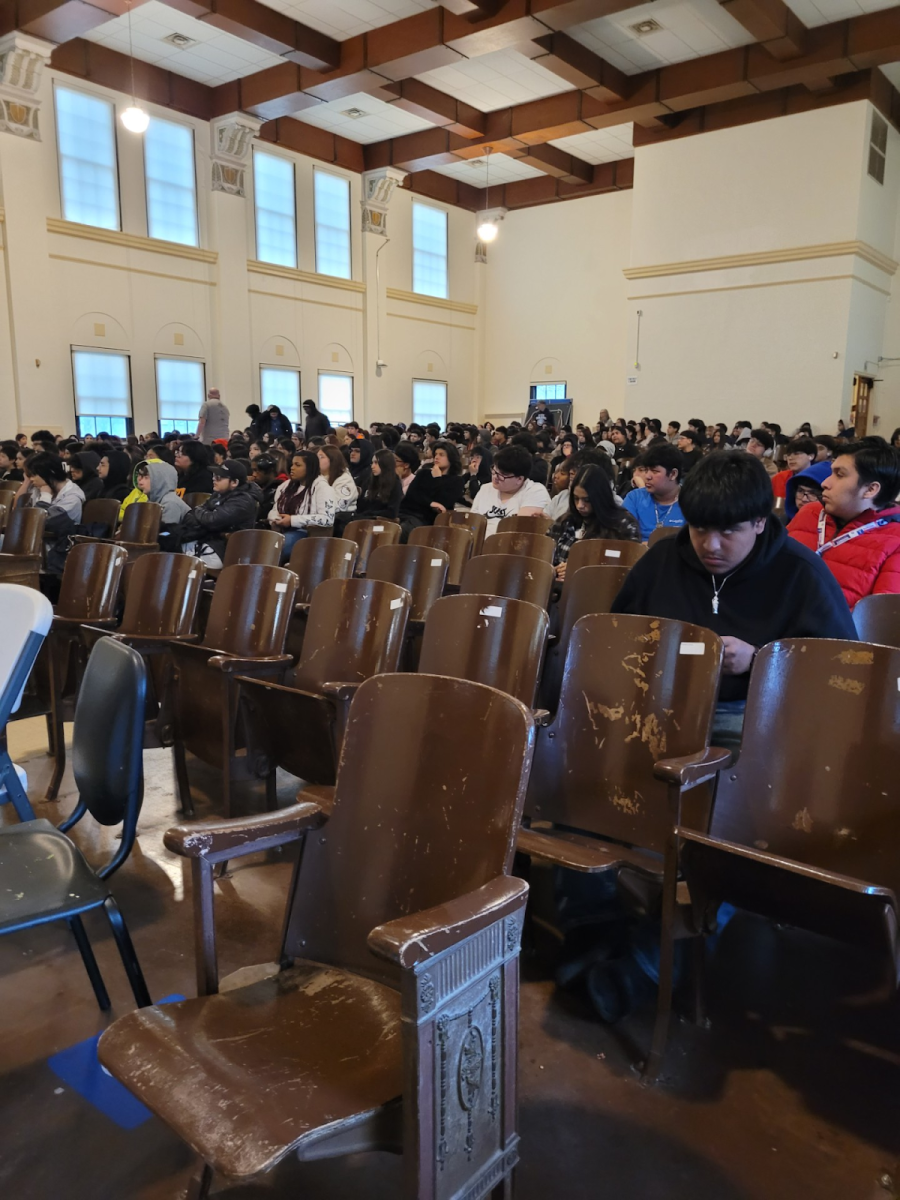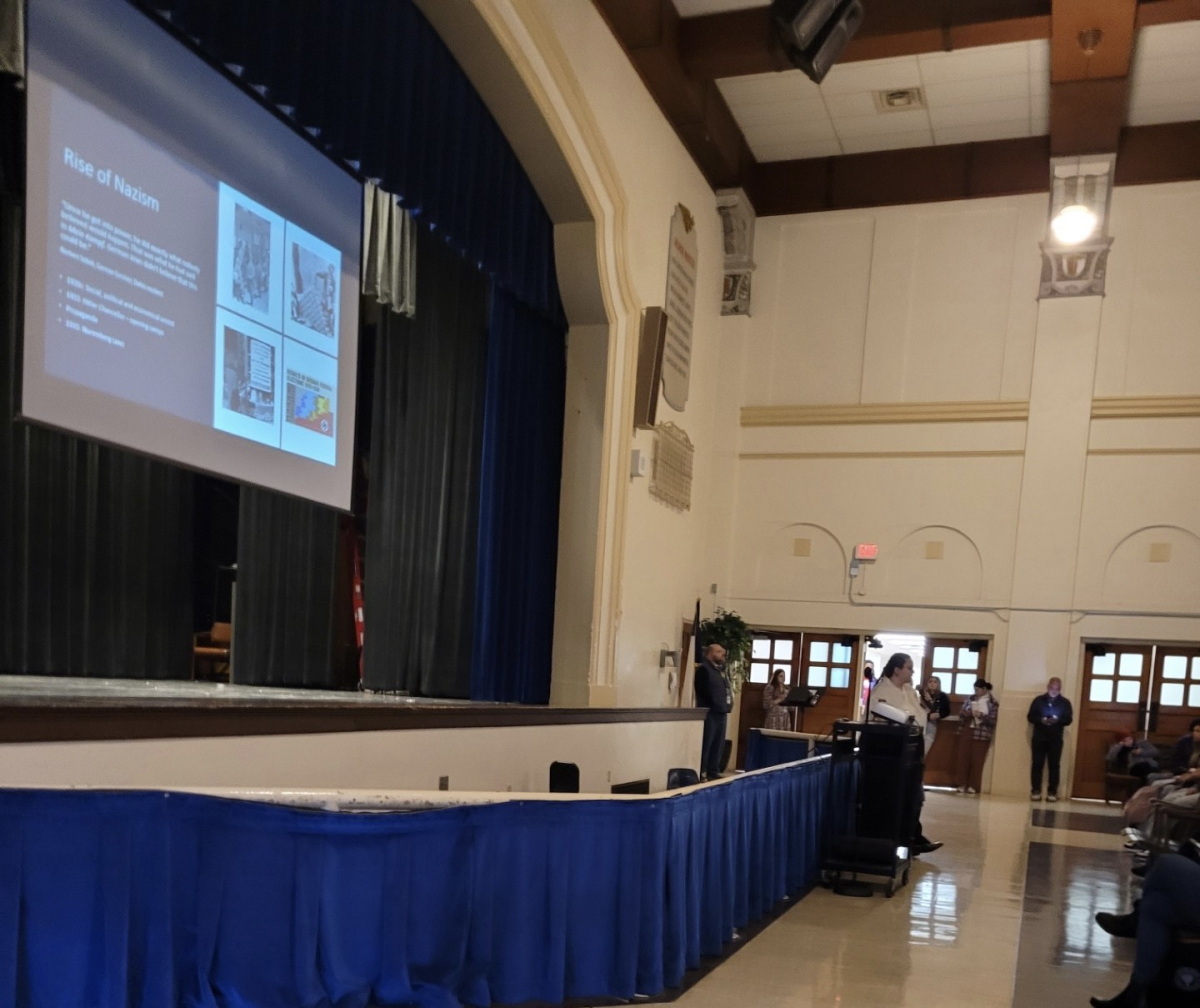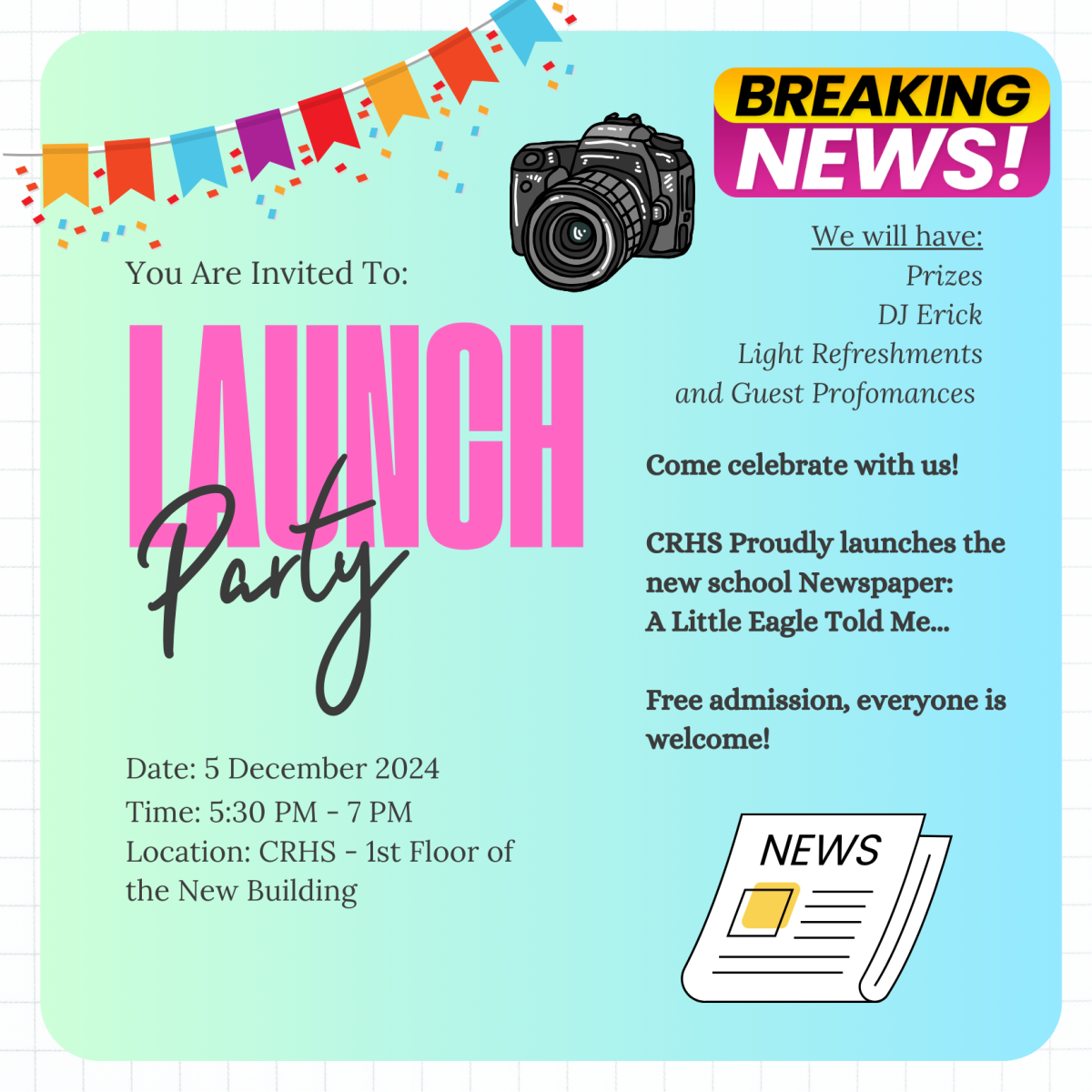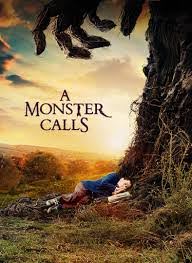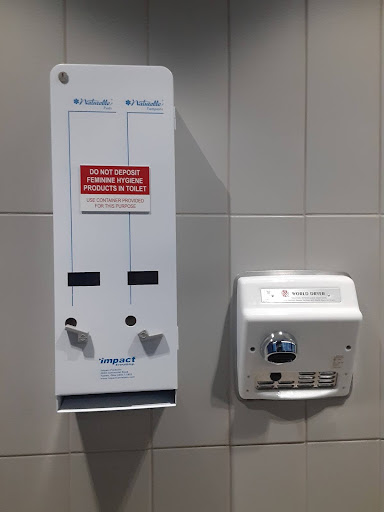
Based on the information I received from arranging interviews with multiple teachers, it came to my understanding that there are varying teaching methods utilized by teachers here at Carter. We can see some similarities, but there are still very many differences. Furthermore, they vary in complexity. Some teachers have more thought-out and personal ways of teaching while others follow more straightforward and curriculum-following methods.
There is a great variety of things that influence and mold the techniques that teachers use in their classrooms. They’re influenced by different training, well-known teachers, teachers they’ve had in the past, and even by more personal factors like their own kids’ learning, subsequently applying that guidance and instructions to their students.
A style of teaching commonly used is lecturing. Teachers communicate the material and engage with students in order to promote learning through active listening. The method entails providing both feedback and continuous assistance to students during class and giving corrections on completed work. Although this is a common practice, some teachers prefer a delegating style of teaching, where they give out things like pamphlets and posters for students to complete with the purpose of picking up or absorbing information. Whether they apply such a style is a personal preference over standing up and lecturing. As stated by Ms. Fowler, a social studies teacher, “As they do research they end up finding the information and I find that’s more useful for the students rather than just standing at the front lecturing,” She believes that students retain more information by engaging in the learning process themselves.
Students guide teachers’ performance and the way in which they do things in their classroom. Teachers depend on students’ performance in order to act in their best interest. For example, if they notice students prefer doing things on paper they steer away from assignments online. They also take notice of student engagement in certain activities and utilize that information to plan tasks and assignments that students will actually partake in and complete. What works for one class might not work for another and teachers go based on this to make the proper adjustments that will help each particular group of students to be successful.
On the topic of curricular requirements fitting into teaching styles, it appears for the most part, teachers are following curriculum requirements as closely as they can. Only making changes here and there adjusting it to what works best for them. However, for some, fitting curricular requirements into their method of teaching is quite frustrating. With the following of required lessons, fitting in the additional material they believe to be significant turns out to be difficult. With predetermined materials and schedules, it can be hard to adjust and find the time. “… if you know the type of material you want to use you can actually instead bend the TEKS or figure out which TEKS (Texas Education Knowledge and Skills – standards Texas educators have to adhere to while teaching students) you can focus on inside of lessons that you know work well for your students.” states Mr. Barbee, an English teacher. Conversely, some teachers don’t face this particular challenge, the goal is just to cover the required material given, no more and no less.
Upon investigating, it appears that teachers at Carter act in the best interest of the students. They rely on students to help them develop lessons that they feel will not only be engaging, but also build skills that will help them grow academically.
